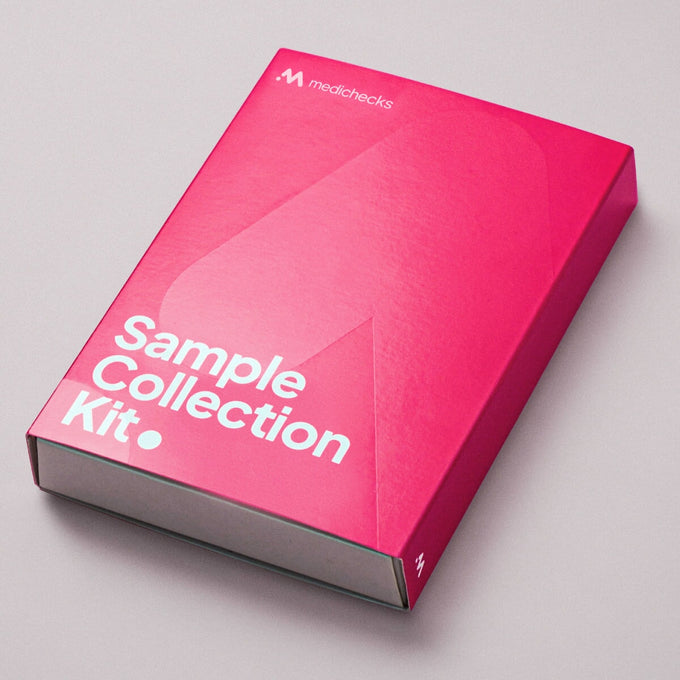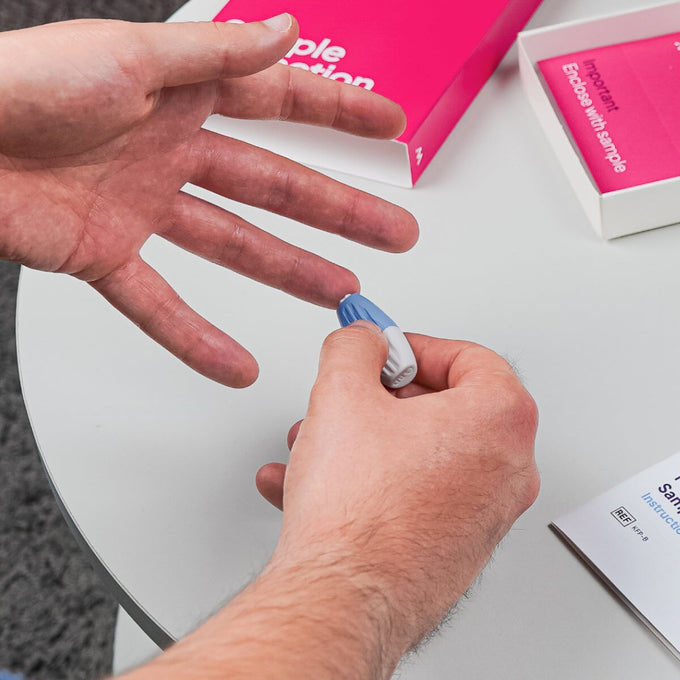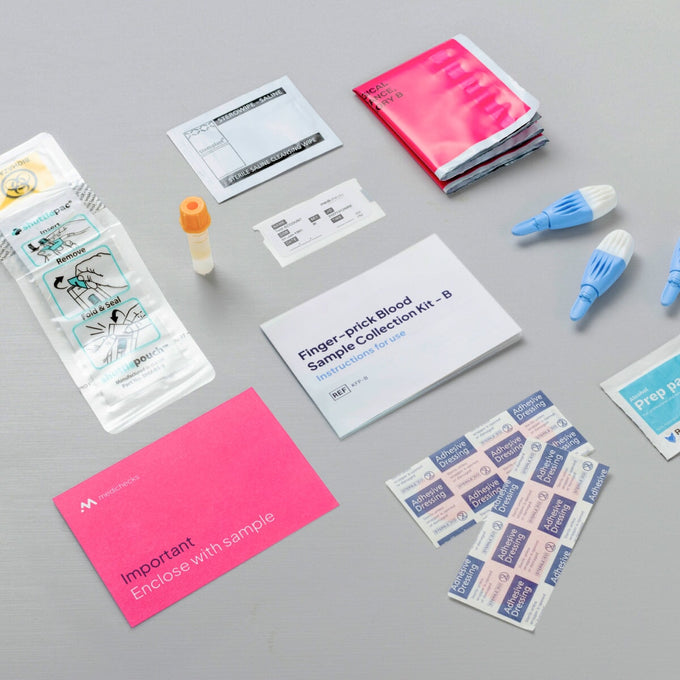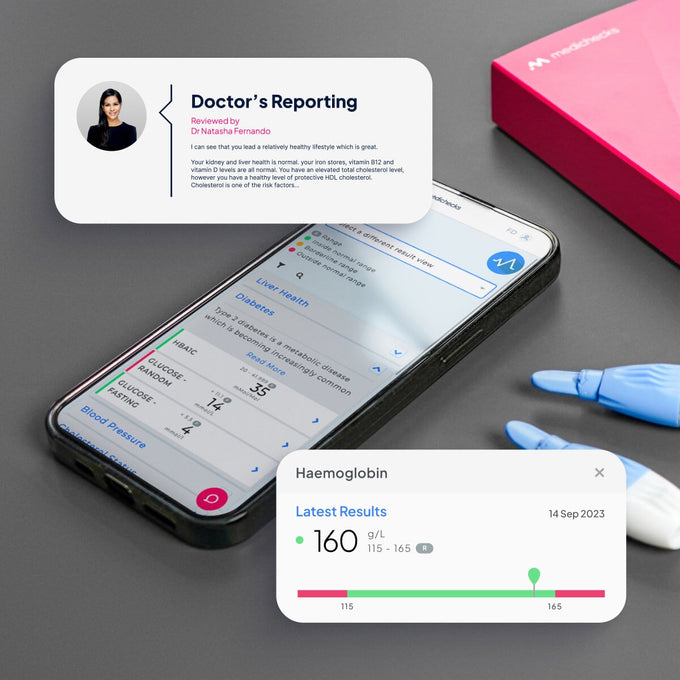Statin Follow Up Blood Test, from our experts to you.
Dr Sam Rodgers MBBS, MRCGPChief Medical Officer

What is a Statin Follow-Up Blood Test?
Our at-home Statin Follow-Up Blood Test includes all the routine blood markers you would typically get with your three-month and one-year GP blood tests if you have high cholesterol and are taking statins. Our test for high cholesterol and statin monitoring helps you to keep on top of your health remotely.
What's included in a Statin Follow-Up Blood Test?
Our test gives you a full cholesterol breakdown (total, HDL, non-HDL, LDL, and triglycerides) and checks your liver function (bilirubin, ALP, ALT, and GGT) to see how well your body is responding to your statins.
How does a home statin test work?
All you need to do is order online, and the test kit is delivered to your home. Follow the easy instructions to collect your sample and post it back to the lab in the envelope provided. You will then receive your results on your online portal with doctor's recommendations, making it easy to monitor any changes in your results over time. You can also download your results as a PDF to share with your GP. You may want to inform your GP that you are having these tests done to help with your treatment schedule.
What's Included?
How to prepare for your test
Special Instructions
Prepare for your Statin Follow Up Blood Test by following these instructions. Avoid fatty foods for eight hours before your test, you do not need to fast.





